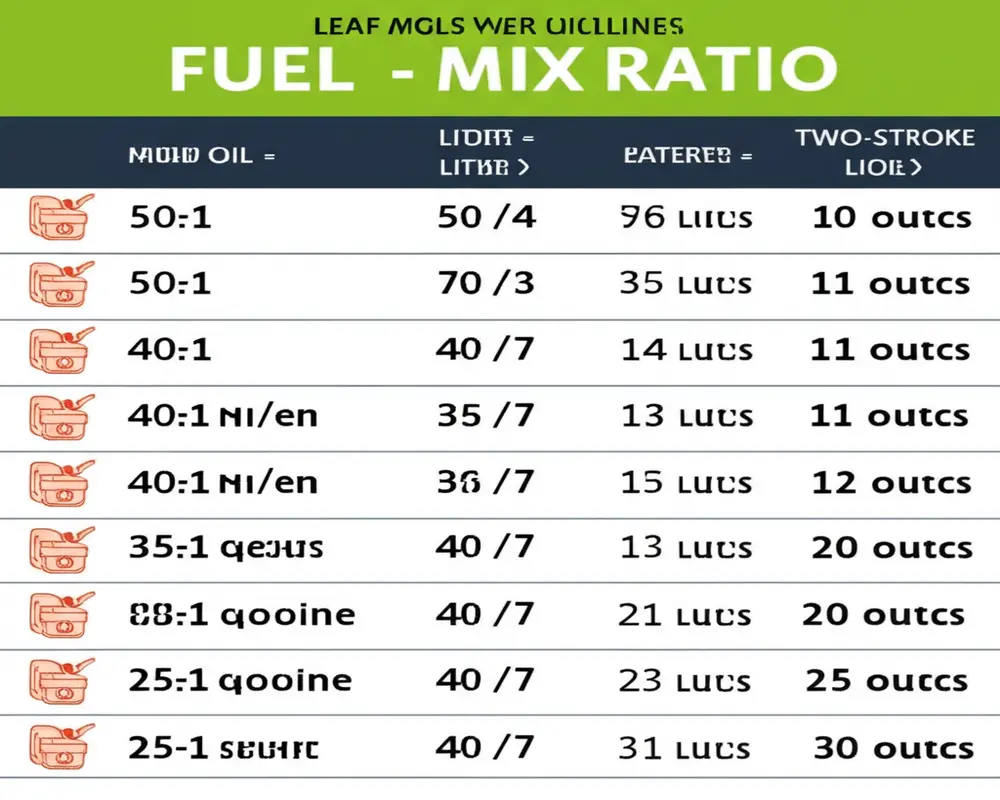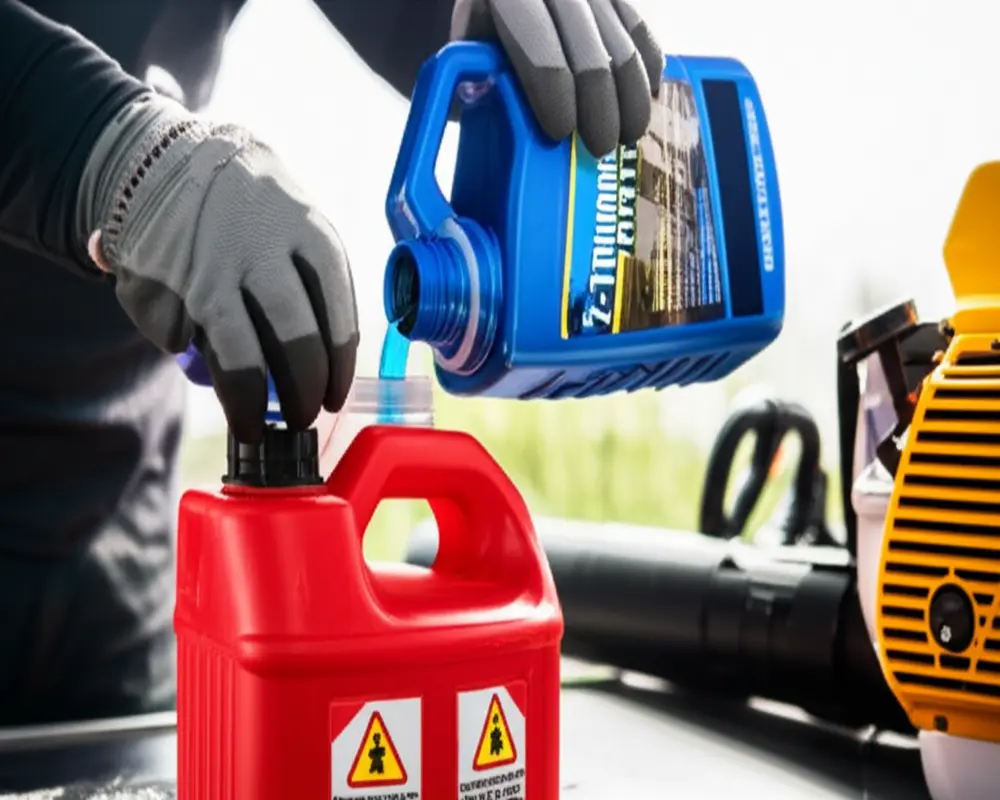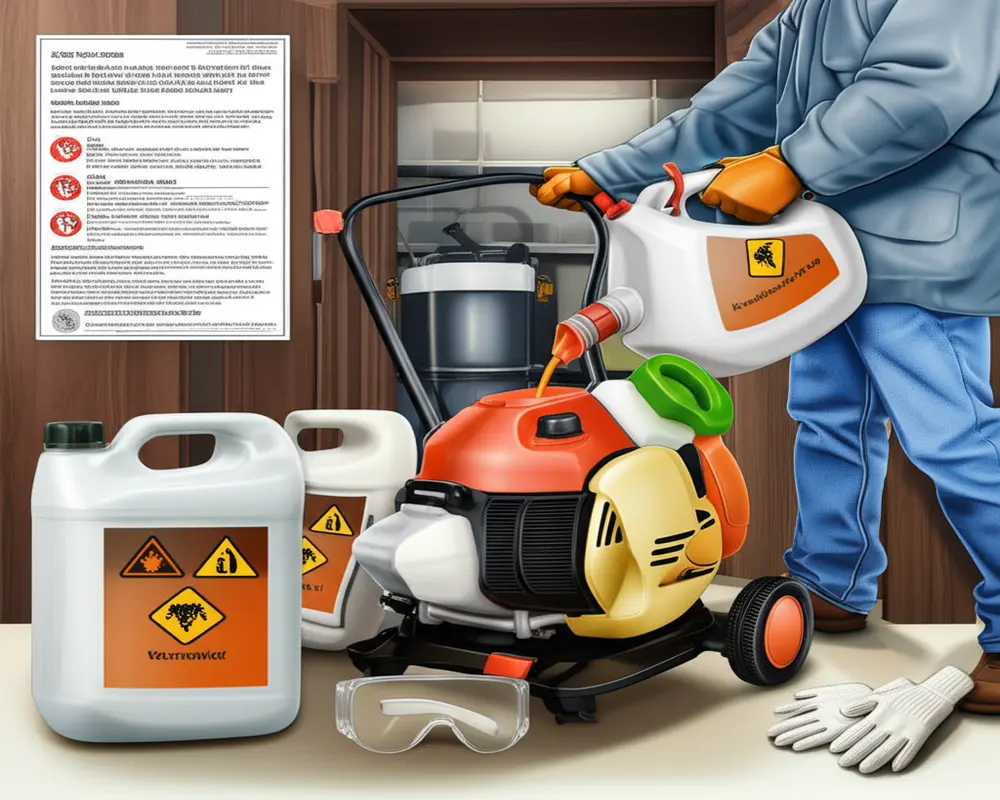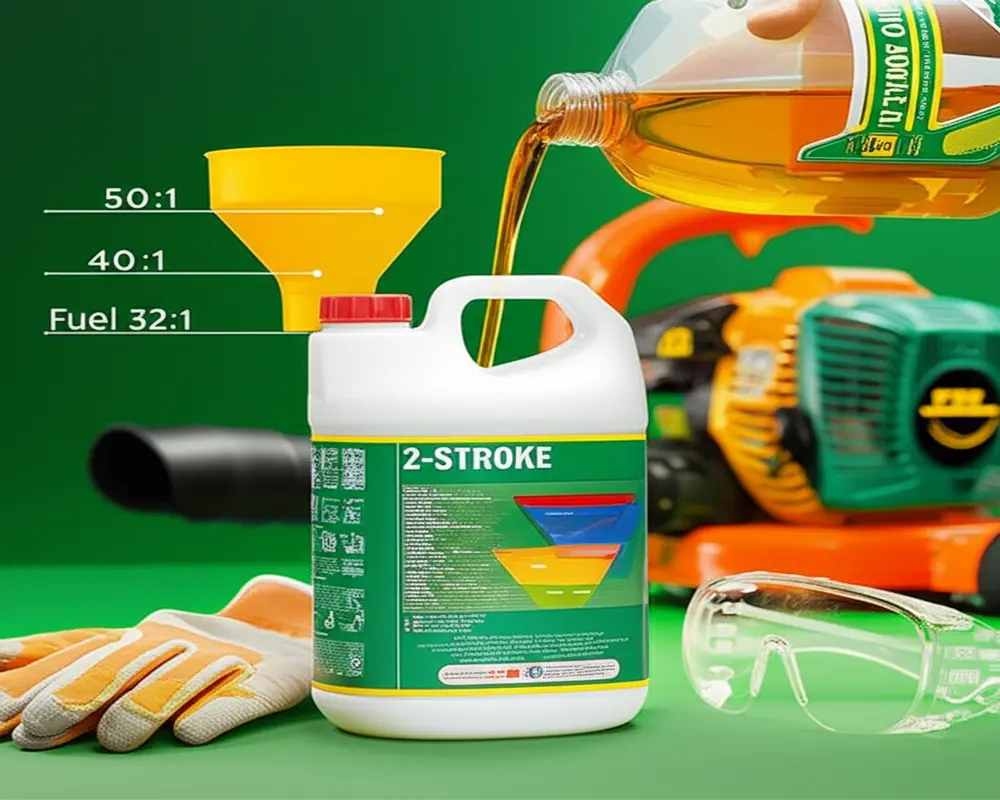Leaf Blower Fuel Mix: The Ultimate Guide to Proper Fuel Mixing in 2025
Maintaining your leaf blower with the correct leaf blower fuel mix is fundamental to ensuring its optimal performance and longevity. Using the right fuel-to-oil ratio, fuel types, and mixing methods not only maximizes engine efficiency but also prevents costly damages and preserves your warranty. This comprehensive guide delves into the essential aspects of fuel mixing for 2-stroke leaf blowers, including recommended ratios, fuel selection, safe mixing practices, and storage tips for 2025.
Before we begin, always check your leaf blower’s specific model owner’s manual or manufacturer website for the exact fuel mix ratio. Manufacturers like Stihl, Echo, and Husqvarna provide precise guidelines tailored to their equipment.
Quick Answer: Essential Fuel Mix Ratios & What You Need
Leaf blowers with 2-stroke engines require a precise blend of gasoline and 2-stroke oil to lubricate engine components and enable combustion. The most common fuel-to-oil ratios are 50:1, 40:1, and 32:1, which represent the amount of gasoline to oil by volume.
| Fuel-to-Oil Ratio | Oil per Gallon of Gasoline (US) | Oil per Liter of Gasoline | Recommended Fuel Type | Recommended 2-Stroke Oil |
|---|---|---|---|---|
| 50:1 | 2.6 oz (77 ml) | 20 ml | Unleaded Gasoline 87+ Octane, Low Ethanol (max 10%) | JASO FD, ISO-L-EGD |
| 40:1 | 3.2 oz (95 ml) | 25 ml | Unleaded Gasoline 87+ Octane, Low Ethanol (max 10%) | JASO FD, ISO-L-EGD |
| 32:1 | 4 oz (118 ml) | 30 ml | Unleaded Gasoline 87+ Octane, Low Ethanol (max 10%) | JASO FD, ISO-L-EGD |

The Importance of the Correct Fuel-to-Oil Ratio
The fuel-to-oil ratio is critical because the oil provides necessary lubrication to the engine’s moving parts, reducing friction and wear. If the mixture contains too little oil, the engine parts can overheat, leading to premature wear, scoring, or even catastrophic engine failure. Conversely, too much oil can cause carbon deposits to accumulate on spark plugs and exhaust systems, impairing performance and causing fouling.
Maintaining the proper ratio ensures your leaf blower runs smoothly and meets warranty requirements. It also contributes to cleaner emissions, which is increasingly important with 2025’s environmental regulations.
Finding Your Leaf Blower's Specific Fuel Mix Ratio
Always refer to your leaf blower’s owner’s manual for the recommended fuel mix ratio. If unavailable, check the fuel cap or product label for ratio markings. Manufacturer websites are also reliable sources:
- Stihl Fuel & Lubricants Guide
- Echo Leaf Blower Fuel Recommendations
- Husqvarna 2-Stroke Fuel Instructions
Understanding the ratio is straightforward: a 50:1 ratio means 50 parts gasoline to 1 part oil by volume. This precise measurement maintains the balance between lubrication and combustion efficiency.
Choosing the Right Fuel and Oil for Your 2-Stroke Leaf Blower
For gasoline, use fresh, unleaded fuel with at least 87 octane rating. Ethanol content should be limited to 10% (E10) or less, with ethanol-free (E0) fuel preferred to prevent damage to fuel system components. Avoid old or stale gasoline, as it can lead to engine starting problems and reduced performance.
The 2-stroke oil must be specifically formulated for air-cooled 2-stroke engines. Look for oils rated JASO FD or ISO-L-EGD, which provide superior lubrication and reduced emissions compared to older API TC rated oils. Synthetic oils offer enhanced engine protection and cleaner operation, though conventional oils are still widely used.
Many manufacturers recommend using their branded oils to ensure warranty compliance and optimal performance. Using the correct oil type also minimizes carbon buildup and extends engine life.
Step-by-Step Guide: How to Properly Mix 2-Stroke Fuel
Mixing fuel correctly requires precision and safety. Here is a detailed process to follow:
- Check your owner’s manual for the exact fuel-to-oil ratio for your leaf blower model.
- Gather your materials: an approved fuel container, measuring dispenser, fresh unleaded gasoline, high-quality 2-stroke oil, funnel, and safety gear such as gloves and eye protection.
- Work in a well-ventilated area, away from open flames or sparks.
- Measure the 2-stroke oil accurately according to the required ratio.
- Add the oil to your fuel container first.
- Pour in the majority of the gasoline</strong, leaving some room for mixing.
- Seal the container and shake vigorously to ensure thorough blending of oil and fuel.
- Add the remaining gasoline to fill the container.
- Shake again for uniform consistency.
- Label the container with the fuel mix ratio and the date mixed for future reference.
- Your mixed fuel is now ready for use.

Safety First: Handling, Storage, and Disposal of Mixed Fuel
Proper safety measures are vital when dealing with 2-stroke fuel:
Handling: Always mix and pour fuel in a ventilated area away from flames or sparks. Use personal protective equipment like gloves and eye protection. Clean any spills immediately to avoid fire hazards.
Storage: Store mixed fuel in approved, sealed containers designed for gasoline storage. Keep containers in cool, dry places away from direct sunlight and heat sources. Avoid storing mixed fuel for more than 30 to 90 days; use fuel stabilizers if longer storage is necessary.
Disposal: Never pour leftover mixed fuel down drains or onto the ground. Dispose of it at designated hazardous waste facilities in accordance with EPA guidelines on fuel handling safety.

Common Mistakes and Troubleshooting
Improper fuel mixing or handling can lead to several issues:
- Incorrect fuel mix ratio: Symptoms include poor starting, sputtering, overheating, and engine damage.
- Using old or stale fuel: Leads to clogging, hard starting, and reduced engine life.
- Using automotive oil: Not suitable for 2-stroke engines, causing inadequate lubrication.
- Mixing fuel directly in the blower tank: Not recommended due to inaccurate ratios and risk of contamination.
- Ethanol damage: High ethanol content can degrade fuel lines and carburetors.
- Forgetting to shake the mixture: Results in uneven fuel distribution and poor engine performance.
Address these issues promptly by draining incorrect fuel, refilling with the proper mix, and inspecting your leaf blower for any damage.
Frequently Asked Questions (FAQs)
Can I use regular car oil in my leaf blower?
No. Use only 2-stroke engine oil specifically designed for air-cooled 2-stroke engines to ensure proper lubrication and engine protection.
How long does mixed fuel last?
Mixed fuel typically lasts between 30 to 90 days. Using a fuel stabilizer can extend this up to one year, but always store fuel properly.
What octane gasoline should I use?
A minimum of 87 octane unleaded gasoline is recommended. Avoid fuel with ethanol concentrations above 10%.
Is pre-mixed fuel better?
Pre-mixed fuel offers convenience and precise ratios but may be more expensive. Mixing your own allows control over freshness and cost.
Do 4-stroke leaf blowers require fuel mixing?
No. 4-stroke engines have separate oil reservoirs and use straight gasoline without mixing oil.
What should I do if I use the wrong fuel mix?
Drain the tank, clean the fuel system if necessary, refill with the correct mixture, and check for any engine damage.
Conclusion: Invest in Your Leaf Blower's Future
Properly mixing your leaf blower fuel mix is a small but crucial step that safeguards your equipment’s performance and lifespan. Always follow manufacturer recommendations, use fresh fuel and quality 2-stroke oil, and adhere to safe mixing and storage practices. By investing this care into your leaf blower, you ensure reliable operation season after season, making your yard work efficient and hassle-free.
For additional gardening tools and maintenance tips, consider exploring our guides on lawn mower troubleshooting and pruning shears handle comfort. These resources complement your leaf blower maintenance knowledge and help you maintain a thriving garden.

